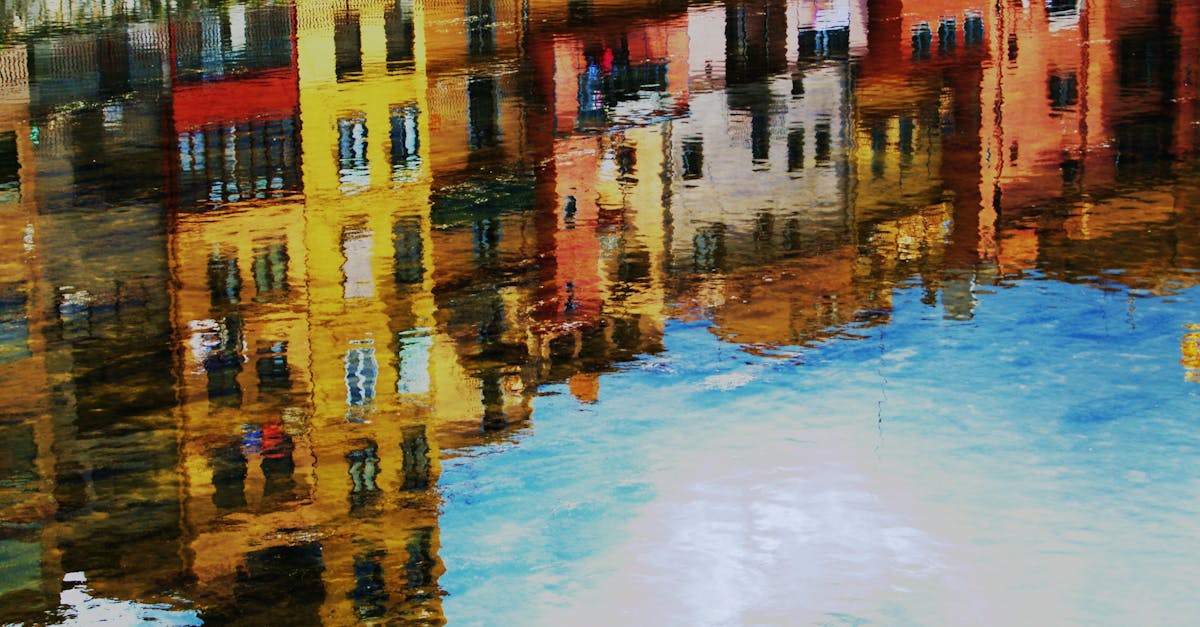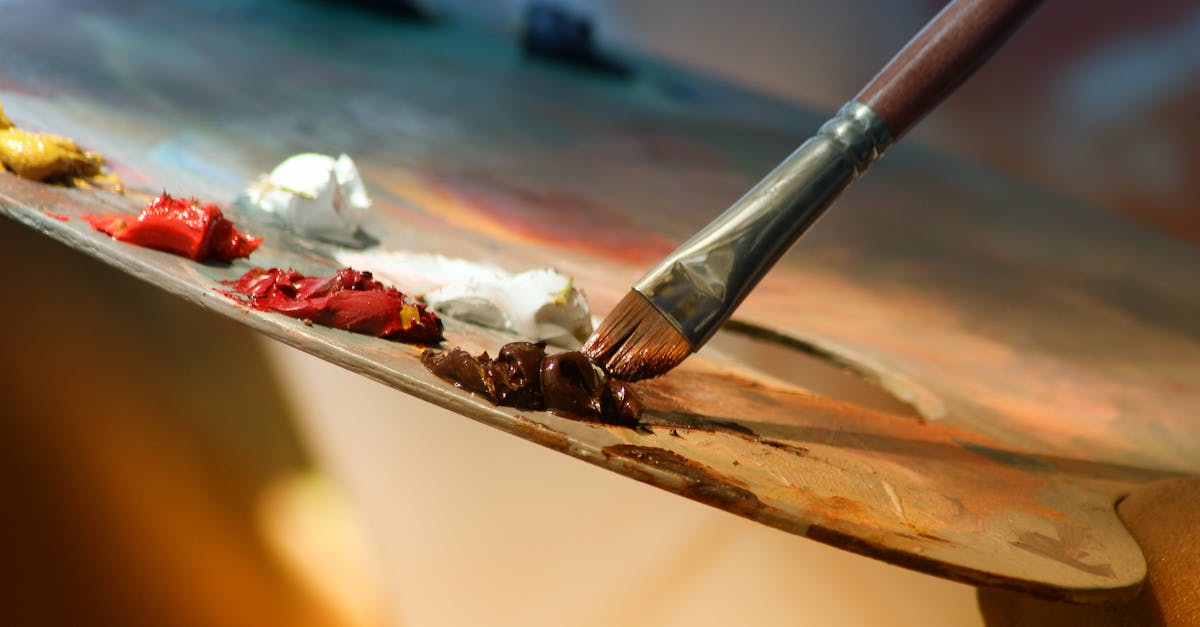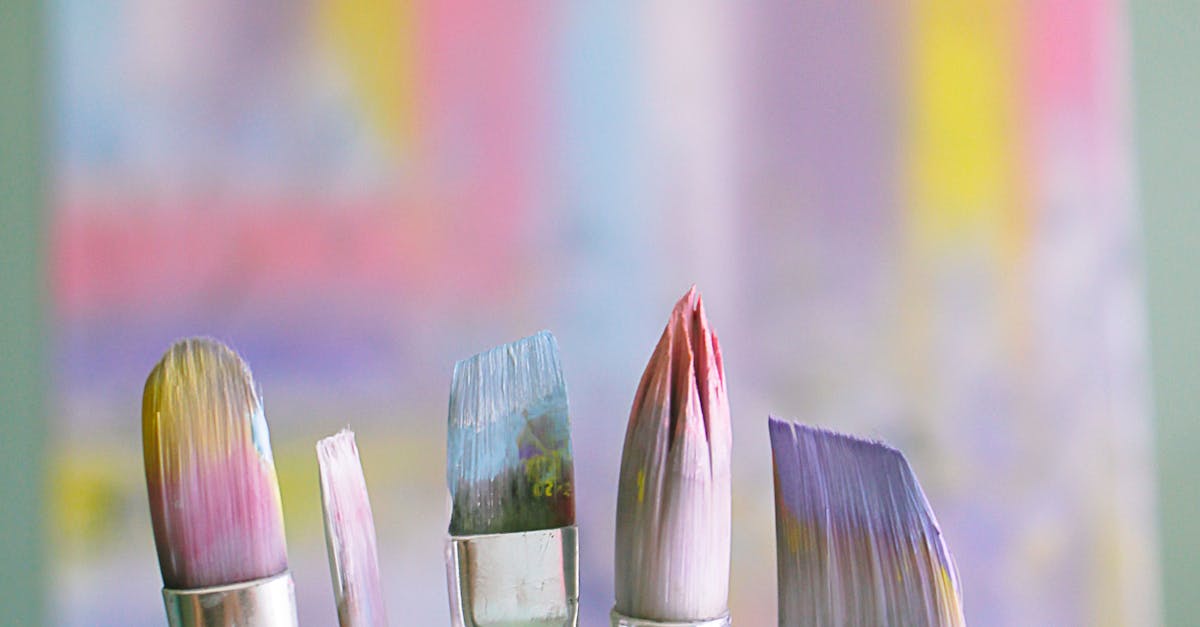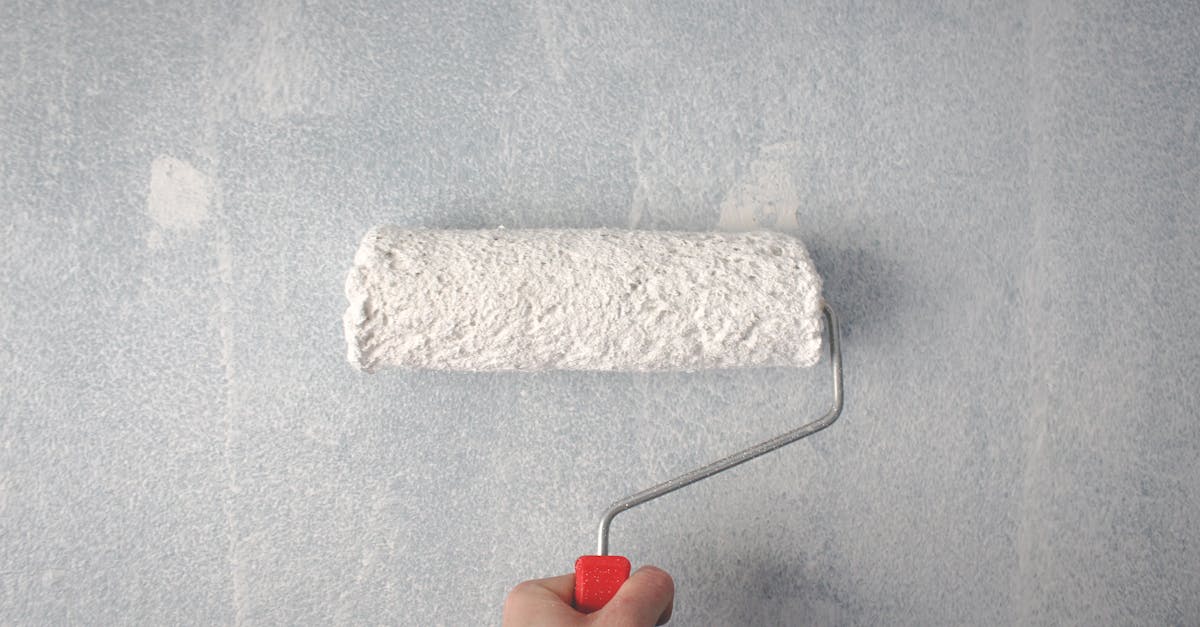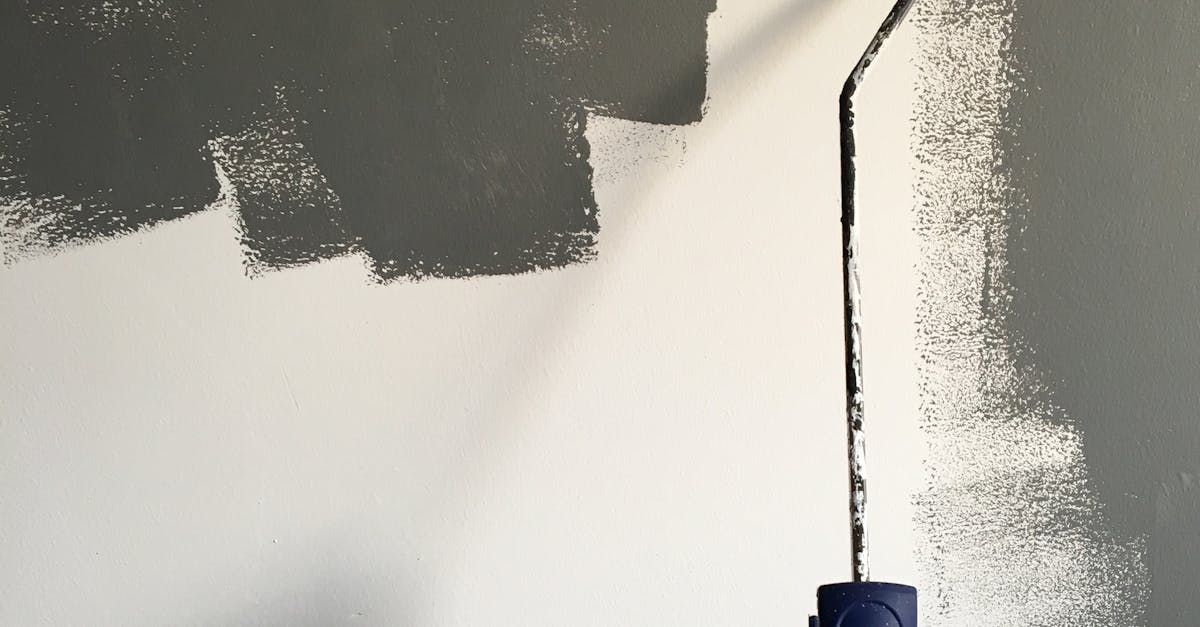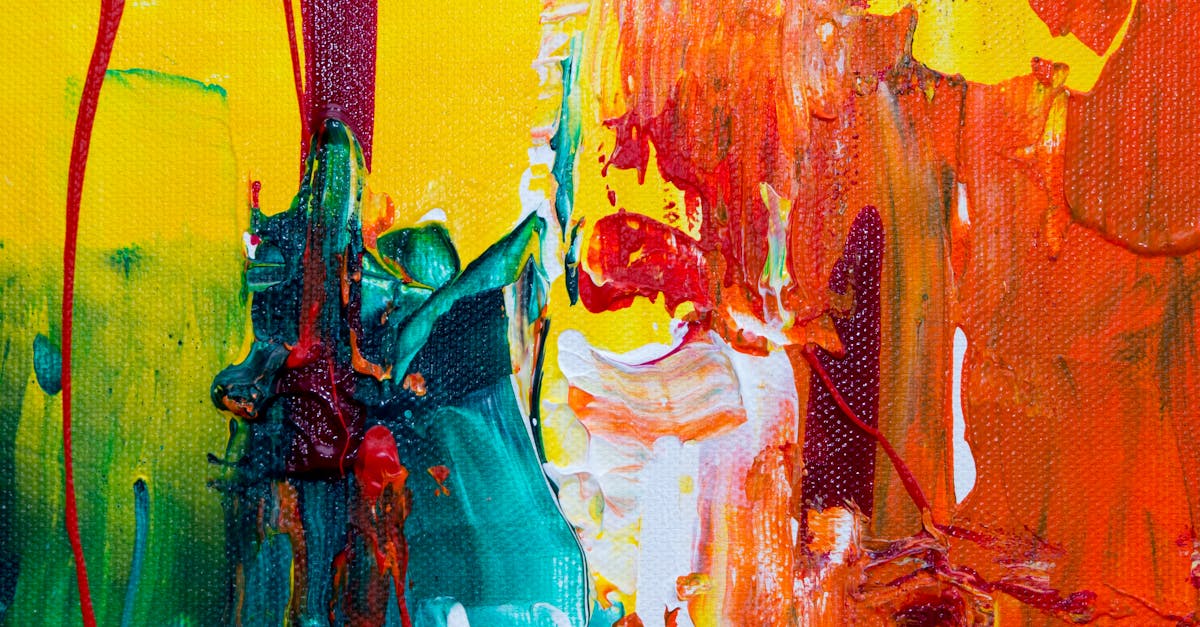
Apply Joint Compound
Apply joint compound to repair a hole in drywall. Use a putty knife to apply a thin layer of joint compound over the patched area to blend it seamlessly with the rest of the wall. Ensure that the application is smooth and even to achieve a professional finish. For precise results, it is recommended to consult experts in Drywall Repair near me. Once the joint compound has dried, proceed to the next step in the repair process.
Apply a generous amount of joint compound to cover the hole and surrounding area thoroughly. This step is crucial in ensuring that the patch is securely in place and properly sealed. Take your time to smooth out the compound, as any bumps or uneven surfaces will be visible once the wall is painted. It is advisable to seek guidance from professionals specialising in Drywall Repair near me for effective solutions.
Use a putty knife to apply a thin layer of joint compound over the patched area to blend it seamlessly with the rest of the wall.
When repairing a hole in drywall, one crucial step is to apply a thin layer of joint compound over the patched area. To achieve a seamless finish that blends well with the rest of the wall, utilise a putty knife. This tool allows for precise application and smoothing of the joint compound, ensuring a cohesive appearance. Whether you are tackling a small hole or a larger area that requires repair, the method of using a putty knife remains a fundamental aspect of the drywall repair process. For those seeking expert assistance with drywall repair, consider searching for “Drywall Repair near me” to find professionals adept at handling such tasks with finesse.
Once the joint compound has been carefully applied over the patched area using a putty knife, it is essential to allow it to dry completely. This drying period is vital for the compound to set and adhere properly to the surface, ensuring a durable and long-lasting repair. Promptly attending to the drying process is key to achieving a smooth and seamless finish. To speed up this phase, consider allowing for adequate ventilation in the room or using fans to facilitate the drying process efficiently. For individuals looking for convenience and precision in drywall repair, seeking assistance from professionals listed under “Drywall Repair near me” can provide skilled expertise to ensure a flawlessly restored wall surface.
Sand the Area
Sand the repaired area using medium-grit sandpaper until it feels smooth to the touch. Ensure to feather the edges of the joint compound to seamlessly blend it with the surrounding wall. Pay attention to any bumps or rough spots, as these will affect the final appearance of the repair. By sanding the area thoroughly, you are preparing it for the next steps in the repair process, ensuring a professional and polished finish. For assistance with this task, consider seeking professional help by searching for “Drywall Repair near me” to locate experts in your area.
Clean the sanded area with a damp cloth to remove any dust or debris created during the sanding process. This step is crucial as it ensures a clean surface for the next stages of the repair. Allow the area to dry completely before proceeding with priming and painting. Remember that a well-prepped surface is key to a successful repair, so take your time during this stage to achieve the best results. If at any point you feel unsure or unable to complete the sanding process effectively, don’t hesitate to contact professionals by searching for “Drywall Repair near me” for efficient help.
Once the joint compound has dried, sand the repaired area to create a smooth surface for painting.
Once the joint compound has fully dried, proceed to sand the repaired area to achieve a smooth and even surface that is ready for painting. Using fine-grit sandpaper, gently sand the patched area in a circular motion to blend it seamlessly with the rest of the wall. Be cautious not to oversand and remove too much of the joint compound, as this may result in an uneven surface that will be noticeable once painted. Take your time with this step to ensure that the repaired area is flush with the surrounding wall, creating a professional finish that will enhance the overall appearance of your room. For assistance with this process, consider seeking professional help such as “Drywall Repair near me” to guarantee a flawless result.
After carefully sanding the patched area, you will notice a much smoother surface that is now ready for painting. The sanding process not only helps in creating a seamless finish but also ensures that the paint adheres well to the wall, providing a uniform appearance once the project is complete. Prior to painting, it is essential to wipe down the sanded area with a damp cloth to remove any dust or debris that may have accumulated during sanding. This final preparation step will help guarantee a clean surface for painting and enhance the longevity of the repair. To find expert advice and assistance for your drywall repair projects, consider reaching out to local professionals offering services such as “Drywall Repair near me”.
Prime the Patch
Apply a coat of primer to the repaired area to ensure an even finish when painting. This step is crucial in creating a seamless look and preventing the patch from standing out against the rest of the wall. Choosing the right primer is essential for proper adhesion and achieving the desired final colour. When looking for Drywall Repair near me, consider enlisting the help of professionals to ensure a high-quality finish.
Allow the primer to dry completely before proceeding with the painting process. This will help the paint adhere better to the repaired area and result in a more professional-looking outcome. By priming the patch, you are not only enhancing the aesthetic appeal of the repaired section but also increasing its durability over time. Drywall Repair near me can offer expert advice on the most suitable primer for your specific project, ensuring a long-lasting and aesthetically pleasing result.
Apply a coat of primer to the repaired area before painting to ensure an even finish.
Applying a coat of primer to the repaired area is a crucial step in the drywall repair process. The primer acts as a base for the paint to adhere to, ensuring a smooth and even finish. When the joint compound and patched area have dried completely, it is essential to apply the primer before proceeding with painting. This not only improves the appearance of the repair but also helps the paint colour to appear consistent across the entire wall. In the painting process, the primer serves as a barrier between the repaired section and the new coat of paint, preventing any noticeable variations in colour or texture.
When looking for professional assistance with your drywall repair near me, it is important to inquire about the type of primer that will be used. The choice of primer can influence the final result of the repair, so selecting the appropriate primer is vital for a successful outcome. Additionally, priming the patched area before painting can help to seal the repair, ensuring its longevity and durability. By taking this simple yet effective step, you can achieve a seamless finish that blends in seamlessly with the rest of the wall, leaving behind a polished and pristine surface.
FAQS
How do I repair a small hole in drywall?
To repair a small hole in drywall, you can start by applying joint compound over the patched area using a putty knife to blend it seamlessly with the rest of the wall.
How do I make the repaired area smooth before painting?
Once the joint compound has dried, you should sand the repaired area to create a smooth surface for painting. This will ensure a seamless finish.
Do I need to prime the patched area before painting?
Yes, it is recommended to apply a coat of primer to the repaired area before painting. Priming helps to ensure an even finish and better adhesion of the paint.
How long does the joint compound take to dry?
The drying time of the joint compound can vary depending on the brand and thickness applied. It is recommended to wait at least 24 hours before sanding and painting over the repaired area.
Can I use any type of putty knife for applying joint compound?
It is best to use a putty knife specifically designed for applying joint compound. This will help you achieve a smooth and even application over the patched area.
